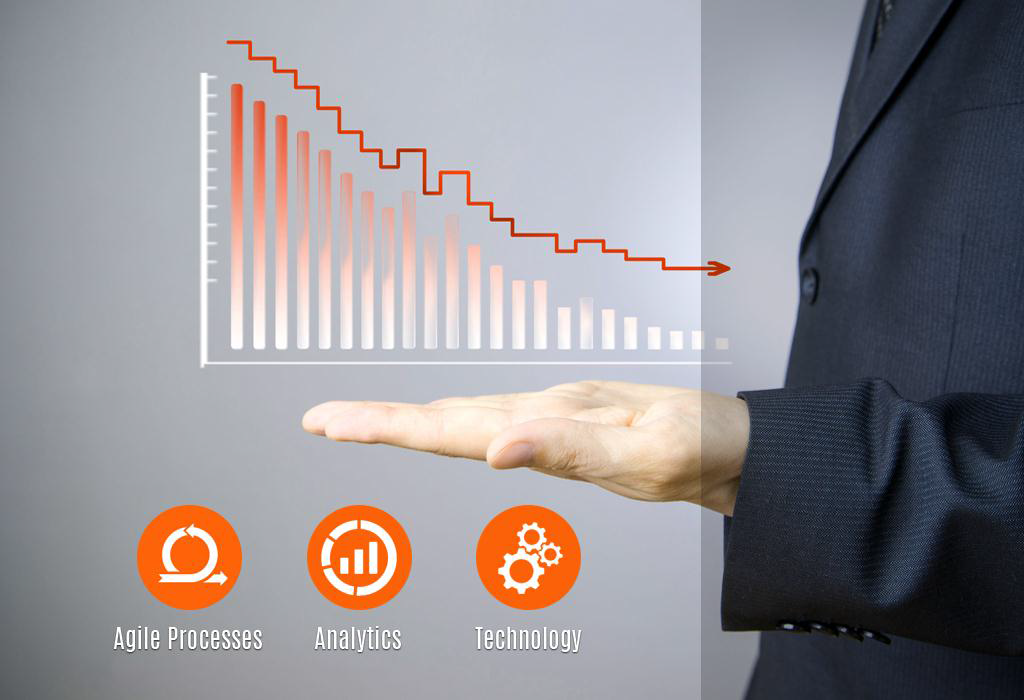Introduction – Tracing the Transformational Moments in Modern Banking
Modern banking is significantly different from traditional banking systems that have been in vogue for centuries. The first big change in banking was witnessed when computers became an important part of the whole process. Then automated teller machines (ATMs), cash deposit machines (CDMs), and Internet Banking democratized banking to a great extent. For generations of customers who had to visit the bank branch to get simple transactions done, the ability to do things on one’s own through the bank’s website was a significant change. The invention of the smartphone, the growth of Android and iOS mobile operating systems, and their associated ecosystem of apps was the next big change. Banks wanted their customers to use their official apps and website to complete all transactions and visiting the bank in-person was to be the last option. We are currently in this stage, as more customers in developing economies are able to witness the power of banking from the comfort of their smartphones.
The pandemic also played a key role in accelerating the use of digital banking solutions and services globally. According to this report, published by the World Bank, there is a 40% increase in the use of digital payments in low and middle-income economies barring China. Some other findings include:1
- Globally, two-thirds of adults now make or receive a digital payment.
- In developing economies, 71% of adults have an account at a bank, other financial institution, or with a mobile money provider.
- Mobile money accounts drove a huge increase in financial inclusion in Sub-Saharan Africa.
In such a scenario, where there is an increasing push towards mobile-first banking solutions, what’s next for banks, and how do they distinguish themselves from their competitors? In this blog, we examine how banks can harness the power of data to analyze customer behavior and offer a better banking experience with price personalization and customized offers.
What is Price Personalization and Why is it Important?
Price personalization is defined as the pricing of a service or product offered by an institution to a customer, based on the data that the institution has on the customer’s transactional data and behavioral data such as preferences and buying patterns. To simplify this further, let’s assume that you are shopping online for a specific gadget, perhaps, a new smartphone. You compare the prices across different websites and keep browsing for the same device, hoping that there is a change in price. There is a high possibility that you will notice a drop in the price of the smartphone to prompt you to buy it. This may also work the other way. The price may go up and you may regret your decision of not buying it when the price was lower.
Banks can use ‘price personalization’ to create customized offers for their customers. Customers can be offered different banking products and services that are tailored to their needs and context. It is also important to remember that banks are now competing with ‘digital-first neo banks’ and fin-tech firms who are venturing into institutional lending and insurance. Hence traditional banks are under immense pressure to innovate and come up with useful products, services, and offers, which will help them retain their existing customers and also acquire new customers.
Better Banking with Banking-as-a-Service
As banks explore ‘Banking-as-a-Service’ or BaaS models, it is important for them to partner with reliable non-banking partners who can help them offer an array of related services to ensure better banking experience for customers. ‘Better Banking’ covers a wide variety of things. It ranges from the customer experience on the banks’ digital assets and in-person banking, conversations with customer service providers, time taken to resolve a grievance, and the actual experience with a specific product or service offered by the bank. Better banking also means the availability of multiple products and services relevant to a customer being available at one place at any given time.
Banks need to function with the thought – ‘Would an existing customer recommend our bank to a friend or acquaintance based on the quality of service that we offer?’ If it is a ‘Yes’ – then it means that the bank is on the right track. The next few years are going to be really interesting to see how traditional banks offer ‘BaaS’ to their customers.
Why Price Personalization and Customized Offers Matter?
Most banks function in silos with limited or poor communication among different departments. This leads to complex pricing models that are not sustainable in the long run. Customers are financially more literate and are always on the lookout for a better deal or offer from a competing bank or fin-tech. In such a scenario, it becomes extremely important for banks to adopt relationship-based pricing models and customize offers and deals for their customers.
The Advantages of Personalized Offers – A Win-Win Situation for Banks and Customers
Some of the key advantages that price personalization and customized offers provide to banks are:
- The ability to foster digital transformation with transparent and improved pricing strategies
- A good way to counter the challenges that neo banks and fin-techs bring with their cut-throat pricing
- Better segmenting of customers to tailor products and services to the needs of customers with the intelligent use of data analytics
- Prevention of revenue leakage by ensuring intelligent use of data
- Quicker launch of relationship-pricing based products and services with savings on time, efforts, and costs for the bank
- Offers can be scaled as per customer requirements and on the basis of available data
The Role of Machine Learning and Data Analytics in Determining Pricing
In this article from 2018, written by Walter Rizzi, Z. Maria Wang, and Kuba Zielinski, the authors look at how machine learning can play a key role in determining and setting prices for products and services in the banking industry. Some interesting insights from this article are:2
- Banks are subscribing to third-party services or building their own digital pricing tools
- Machine Learning and Artificial Intelligence is being used to determine and predict consumer behavior
- Insights from analyzing customer behavior allow banks to identify micro-market segments and determine pricing down to the individual customer level
- Banks investing in these technologies will gain an upper hand over their competitors
Banks today need to partner with a solution provider who enables price personalization and dynamic offers and deals. Modern banking is governed heavily by the adoption of technology and focuses on providing customers a better banking experience.
Bridging the Technology Gap with SunTec Xelerate
SunTec Xelerate is a powerful cloud-based platform that enables banks to build and deploy customized pricing and offers for customers. With easy integration capabilities with existing systems and a highly intuitive user experience, SunTec Xelerate can be the perfect solution for your bank to run price personalization campaigns and provide your customers a better banking experience. Write to us at [email protected] to learn how we can help you and watch a demo of our relationship-based pricing and billing software.





